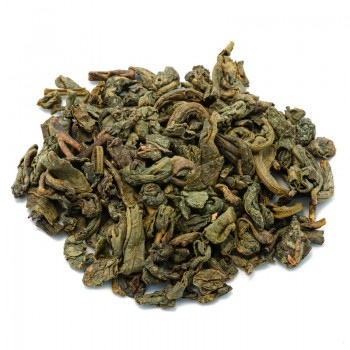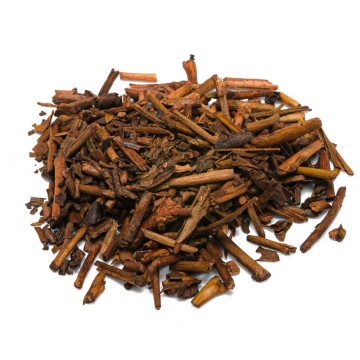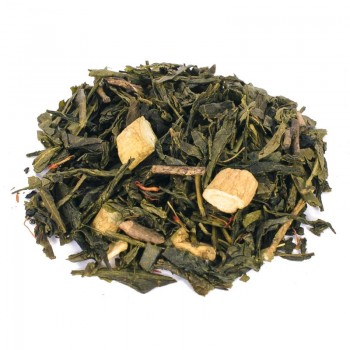From Rwanda comes this fragrant and herbaceous tea, recognizable by the OP Organic degree. Cultivated at an altitude of about 2000 meters above sea level, it gives dark and fragrant leaves for a tea with a light and bright color in the cup.
The aroma is herbaceous, and the vegetal notes remain on the palate for some time after tasting the tea. Reminiscent of Sencha notes, with a sweet flavor and a slight astringency. The tea is rich, bold and full of flavour, thanks to the high altitude of the cultivation slopes.
Properties and benefits of Rukeri Op Green Tea
This tea from Rwanda has all the qualities of organic green tea. The processing of green tea, in fact, allows many of the phytonutrients available in the actual tea plant to be preserved. Green tea is known to have more vitamins in higher concentrations than many foods. This fact alone should make green tea your beverage of choice.
Drinking green tea regularly is an easy way to supplement certain vitamins and minerals in your diet. It is rich in antioxidant substances, which can counteract the damage of free radicals. One of the most powerful antioxidants is called epigallocatechin-3-gallate, contained in green tea (EGCG). Catechins are believed to have several benefits that aid our well-being, studied for their antioxidant properties, but also aid in blood cholesterol control (to help balance LDL and HDL cholesterol levels).
The phytonutrients in green tea can also help you lose weight and maintain it.
The caffeine found in green tea acts as a metabolism stimulant, promoting fat burning – as well as donating energy and improving performance in physical exercise. Also, the antioxidants known as catechins help burn fat and boost metabolism. Green tea also has diuretic qualities, and beneficial for intestinal conditions, with a soothing action on the digestive system. Tea can also have positive effects on attention and concentration, thanks to the mix of substances such as caffeine and theanine, an amino acid contained in tea leaves. L-theanine seems to increase the state of relaxation, without causing drowsiness; balancing with caffeine, it gives a beneficial sensation to stay alert and attentive, without the agitation effects of caffeine.
Origins and History of cultivation
In Rwanda, tea cultivations date back to 1952 and today they represent one of the main exports of the country. The main crops are those around Nyungwe National Park - Gisoyu and Gisakura. Single-origin tea is rarely available, though, as Rwandan teas are often used for blending. This green tea from the Rukeri estate, on the other hand, produces tea with organic certification, in which the qualities of the fertile volcanic soil and cultivation with a temperate climate are appreciated. Large plantations show a contribution from tea cooperatives and private growers.
The Rukeri Tea Estate in the Kinihira district in the northern part of the country is no exception. Since 1975, the Rukeri Tea Estate has also had a factory - it produces about 12% of tea from Rwanda - at an altitude of 1600 m - 2000 m. The estate shows optimal meteorological and soil conditions, with hot and humid days , cool evenings, a rich, moist and acidic soil between hills and high altitudes. It produces exceptional quality tea. The dark leaf recalls the teas of Ceylon – Sri Lanka (where the director of the estate comes from), and gives a unique flavour.
The delicate and citrusy aromas typical of Sri-Lanka teas join the character of strong African teas, giving rise to a particular tea, defined as a pearl of Africa. This tea is an OP, or Orange Pekoe, a whole leaf tea without spikes or buds, organically grown and hand picked in the morning. Green tea is obtained by collecting the fresh leaves of the plant, which are then dried by the action of steam. It is rolled in traditional tea rollers using seasoned wooden boards, in an artisanal way. The cooperative that takes care of the cultivation is made up of small farms that grow tea on the Cyohoha and Rukeri lands. He takes care of delivering the fresh leaves to the nearby plant, to give life to an exquisite organic green tea.
Plant and flowers
Camellia sinensis, the tea plant, is a species sEvergreen belonging to the Theaceae family. The different varieties of the infusion are obtained from the leaves, including green tea – different in terms of processing, which blocks oxidation. The Camellia sinensis shrub can grow very tall but, as a rule, it is pruned to less than 2 meters, to facilitate hand-picking of the leaves. The plant develops best in the cool and humid tropical plateaus, on sandy and clayey but well drained soils, up to about 2,000 meters above sea level.
The leaves show different shapes according to the variety, while the flowers are white and fragrant. Nutritional values of Rukeri Op Green Tea The components of this green tea are antioxidants and substances such as the amino acids theanine and arginine. Green tea is a good source of vitamins A, C, E and many of the B vitamins. It also makes available substances such as caffeic and chlorogenic acid, catechin polyphenols (epigallocatechin-3-gallate EGCG, epigallocatechin EGC, epicatechin EC ), and mineral salts (calcium, copper, iron, magnesium, phosphorus, potassium). It also contains methylxanthines such as caffeine, theobromine, theophylline.
How to prepare Rukeri Op Green Tea
The infusion is obtained by placing in a cup (250 ml), about 3-5 grams of the green tea blend with Rukeri OP. Water at a temperature of 80 °C. Leave to infuse for 2 to 3 minutes, before drinking the organic green tea infusion.
Nutritional values of Rukeri Op Green Tea
Green tea is safe to consume in moderate amounts. However, if you have problems with poor caffeine tolerance, iron deficiency, excessive green tea intake should be avoided. In the first case, caffeine (theine) can affect people sensitive to this compound. Green tea should be avoided before going to sleep and, if caffeine is in excessive doses, undesirable effects such as agitation, insomnia, palpitations, headaches may occur.
In the case of iron deficiency, the catechins in green tea can inhibit its absorption in the body. If you already suffer from anemia, it is advisable to moderate your intake of green tea and eat foods rich in vitamin C.
Tea contains tannins which, in excess, can cause an increase in gastric acid, causing symptoms such as nausea, heartburn and stomach pain. Caution is advised when taking green tea, even during pregnancy and breastfeeding.

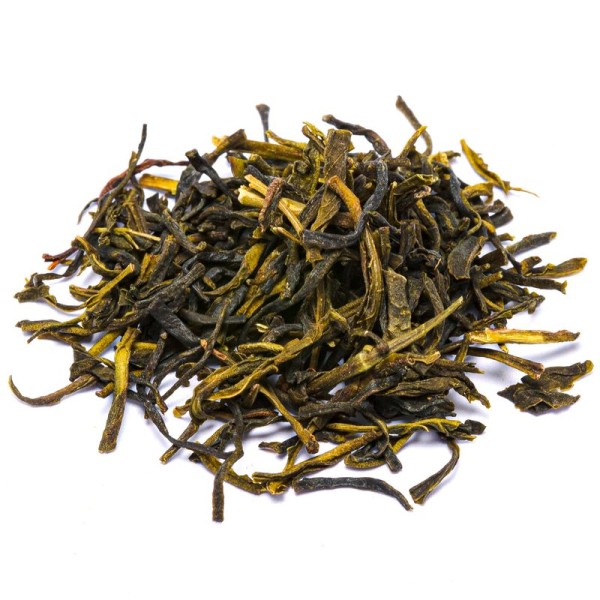







 No reward points for this product.
No reward points for this product.
![Green tea with orange and grapefruit [Natura d'Oriente]](https://www.naturadoriente.com/3376-home_default/green-tea-with-orange-and-grapefruit.jpg)
![green tea roasted almond [Natura d'Oriente]](https://www.naturadoriente.com/3366-home_default/green-tea-with-roasted-almonds.jpg)
![Green Tea Ceylon Melfort Special [Natura d'Oriente]](https://www.naturadoriente.com/3378-home_default/-green-tea-ceylon-melfort-special-.jpg)
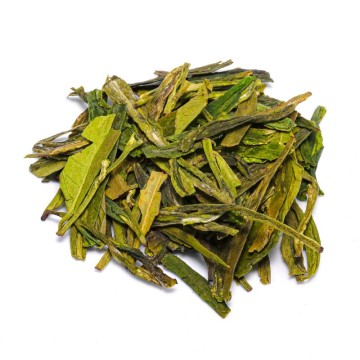
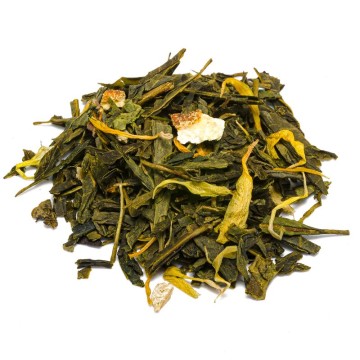
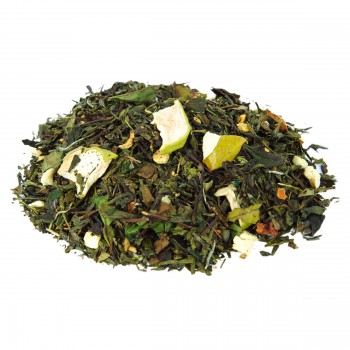

![Green Tea Sencha Kombucha [Natura d'Oriente]](https://www.naturadoriente.com/3380-home_default/-green-tea-sencha-kombucha-.jpg)
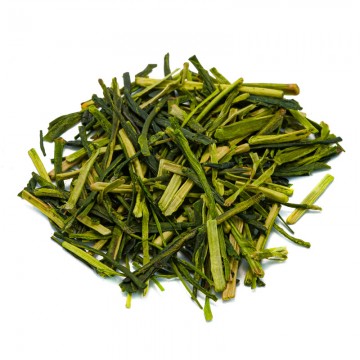
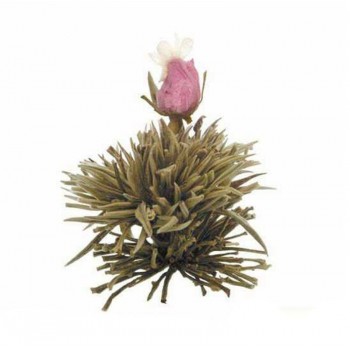
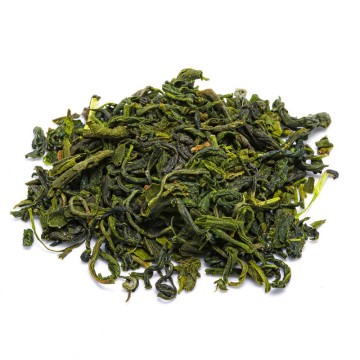
![Green Tea Choui Fong Tea [Natura d'Oriente]](https://www.naturadoriente.com/3379-home_default/green-tea-choui-fong-tea.jpg)

